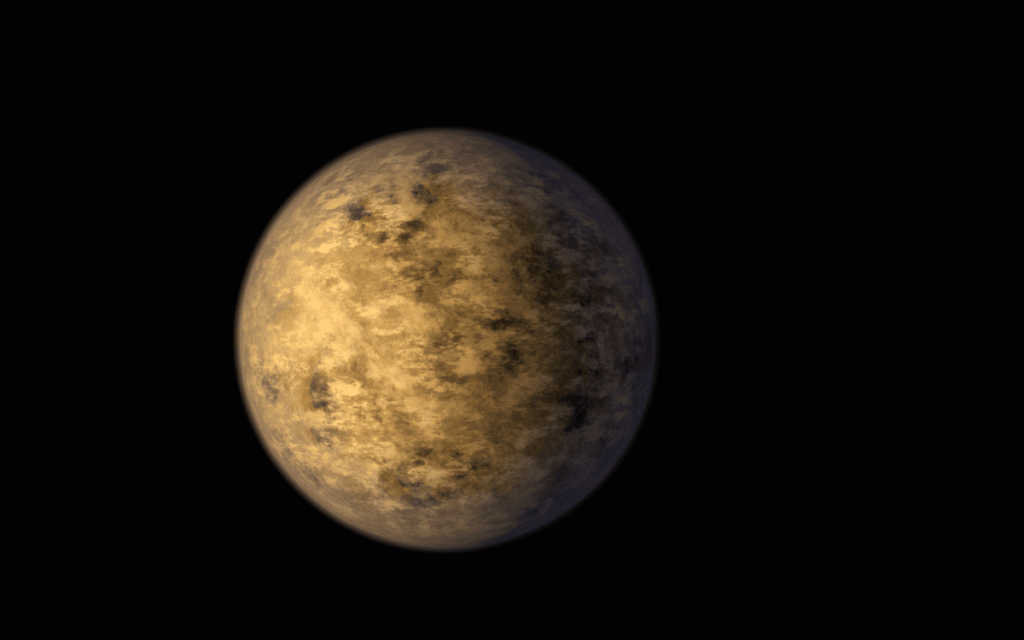
What characteristics must a planet have to be considered potentially habitable, i.e. suitable for harbouring life?
First, it must be in the so-called “habitable zone” of its star, where temperatures allow the presence of liquid water, which is essential for life as we know it.
The mass of the exoplanet is also important: it must be large enough to hold an atmosphere, but not so large as to be a gas giant, and the atmosphere should be dense and stable.
The stability of the orbit and the presence of a magnetic field protecting the planet from radiation are also aspects that should not be neglected.
Several indicators are used to measure a planet's potential habitability, based on the characteristics of its atmosphere, temperature, gravity and the presence of vegetation. The most famous is the ESI index (Earth Similarity Index), which measures the level of similarity of a certain planet to the Earth, on a scale ranging from 0 to 1. The higher this index, the more likely the degree of habitability of the planet considered.One of the exoplanets with the highest ESI index is Teegarden b, 12.5 light years from us, for the Earth-like 95%!